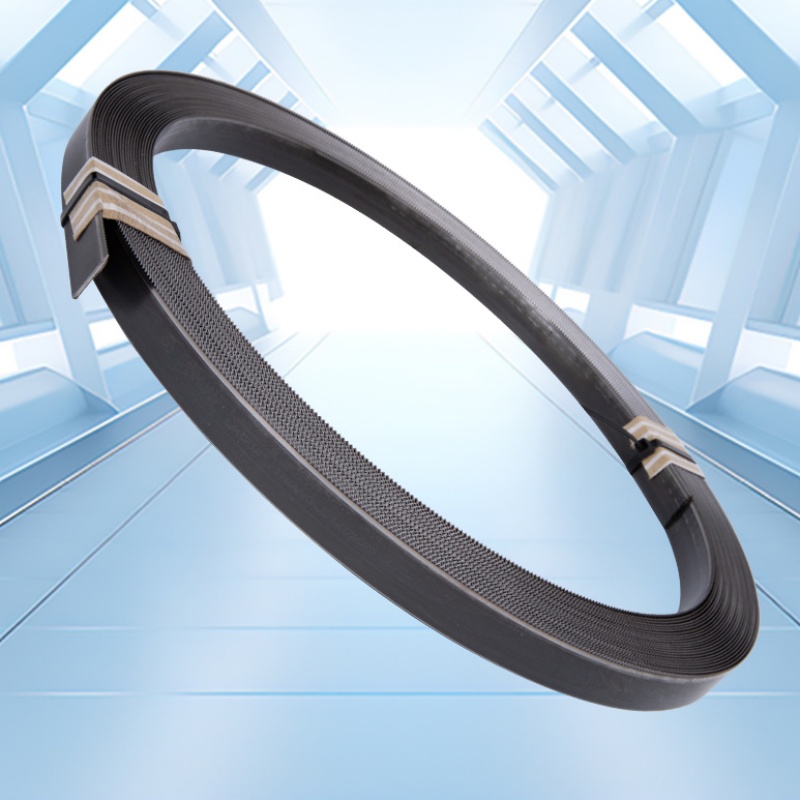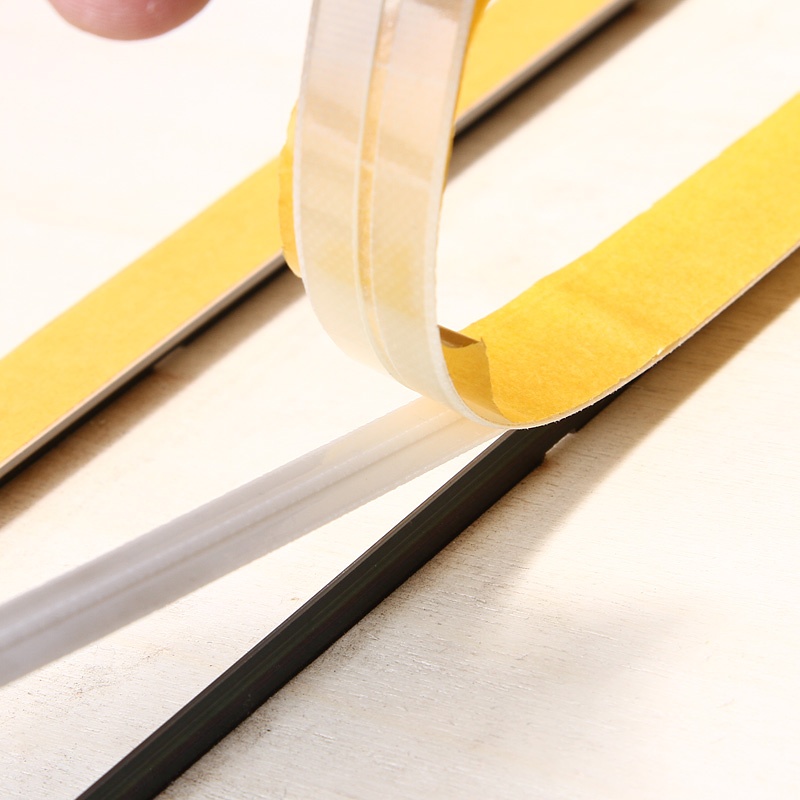Do rule die steels vary in environmental impact What impact laser cutting machines have on manufacturing scalability

Tool steel fabrication approaches assume an important duty in the creation advanced pieces within multiple collection of fields. Such steels express remarkable strength, helping them to bear major stresses involved in manufacturing processes. From engineering parts to biomedical equipment, rule die steel maintains its position in a wide-ranging of disciplines.
- Automotive units: Rule die steel is indispensable for crafting reliable and well-defined parts such as pistons, connectors and covers.
- Electronics tools: The exceptional accuracy and strength of rule die steel make it favorable for manufacturing sophisticated high-tech apparatus.
- Metal Stamping Dies: Rule die steel makes up the core of long-lasting tooling and molds used in various manufacturing workflows, ensuring high-quality product deliverables.
Fineness Cutting Rules for Clear-Cut Sheet Metal Fabrication
Realizing precision in sheet metal fabrication involves rigorous attention to nuances, particularly when it comes to severing. Exploiting the right cutting rules is pivotal to delivering consistent and steady results. First and foremost, selecting the appropriate cutting method for your material thickness and desired edge quality is necessary. Options include precision slicing, each with its own pros. Furthermore, understanding material properties like tensile strength, ductility, and hardness can help prevent warping or damage during the cutting process. Always refer a material's datasheet for complete guidelines on safe cutting practices.
- Besides, maintaining sharp cutting tools is crucial for neat cuts and preventing stress on the sheet metal.
- Temperature stabilization the material can reduce thermal stress and improve cut quality in thicker materials.
- Ultimately, post-processing steps like deburring and edge finishing are essential for realizing a professional and functional product.
Comprehending Punch and Die Construction
Punch and die construction is a pivotal aspect of the metal stamping process. These tools generate metal sheets into various parts by applying correct pressure. The design and construction of punches and dies heavily influence the outcome of the stamped items. A well-constructed punch usually features a hardened steel tip to withstand repeated collisions, while the die balances this force with a precisely machined cavity. The contact between these two elements guarantees the precise transfer of shape and extent to the metal sheet. The sophistication of punch and die construction can fluctuate based on the targeted requirements of the stamping application. Elements such as the material thickness, shape complexity, and production volume collectively play a role in determining the pattern of the tools. Understanding these fundamental principles of punch and die construction is pivotal for anyone involved in the metal stamping industry. From designers to operators, a solid grasp of this subject can contribute to increased efficiency, product quality, and overall success.Advanced Creasing Matrices for Better Folding
When it comes to achieving precise shaping in the realm of fabrication and material processing, creasing matrices emerge as a fundamental element. These specialized tools, often crafted from rigid materials like steel, are strategically designed to impart distinct creases into sheets or substrates. By exerting controlled pressure at specific points along the material's surface, creasing matrices effectively predefine fold lines that guide subsequent bending operations. This pre-creasing process drastically enhances folding accuracy, resulting in more consistent and uniform final products.
- The precise nature of creasing matrices allows for the production of detailed folds and designs.
- They can be customized to accommodate a wide range of material thicknesses and properties.
- Creasing matrices play a vital role in industries such as paper manufacturing, cardboard packaging, and printed circuit board fabrication.
Rapid-Speed Rule Die Steel for Automobile Production
The motor market is continuously seeking materials that can withstand the extreme conditions of manufacturing and performance. Clearly, high-speed rule die steel has emerged as a paramount constituent due to its exceptional attributes. This metal exhibits distinguished hardness, wear resistance, and toughness, making it ideal for producing intricate auto parts.
- Besides, its ability to maintain these properties at elevated temperatures facilitates efficient production processes.
- Purposes of high-speed rule die steel in the automotive industry are numerous.
- Occurrences include cutting tools, molds for plastic components, and dies used in sheet metal stamping.
Fine-Tuning Rule Die Steel Hardness for Cutting Performance
Realizing optimal cutting performance with rule die steel hinges on carefully picking the appropriate hardness level. A trade-off between hardness and ductility is fundamental to ensure both acuteness of the cutting edge and resistance to breaking. Durable steels can withstand increased cutting forces and resist deformation, leading to longer tool life. However, excessively hard steels may become brittle and prone to fracturing, compromising the integrity of the cutting process.
- Factors like material being cut, cutting speed, and feed rate all determine the ideal hardness range.
- Employing metallurgical processes can effectively modify the hardness of rule die steel.
Understanding the relationship between hardness and cutting performance allows for upgrading of tool life, surface finish, and overall cutting efficiency.
Punch Design Considerations for Different Materials
When designing punches for material conversion, several key considerations must be taken into account. The type of material being punched significantly modifies the punch design. For instance, rigid materials like steel require punches with robust edges to effectively penetrate and deform the material. Conversely, yielding materials like aluminum can be punched with punches featuring finer geometries to minimize edge damage and ensure clean cuts. In addition, factors such as the material's dimension also play a role in punch design. Thicker materials often necessitate larger punch diameters and increased impact for successful piercing. Understanding the material's features is essential to select an appropriate punch material and geometry that ensures optimal performance and minimizes tool wear. In brief, a well-designed punch should effectively shape the material while minimizing deformation, damage, and tooling wear.Refining and Upkeep of Cutting Dies
Maintaining cutting dies in peak condition is key for ensuring accurate and efficient die-cutting operations. Over time, the cutting edges of dies can become dull or damaged, leading to inconsistent cuts, material defects, and increased production costs. To maximize die lifespan and optimize cutting performance, it's imperative to follow a regular sharpening and maintenance schedule.
- Regularly inspect cutting edges for signs of wear, such as chipping or rounding.
- Implement specialized sharpening tools designed for die-cutting applications.
- Clean dies thoroughly after each use to remove debris and prevent rust buildup.
- Store dies in a clean, dry environment when not in use to protect them from corrosion.
By adhering to these best practices, you can extend the life of your cutting dies and guarantee consistent, high-quality die-cutting results.
Application-Driven Rule Die Steel Selection
When deciding on rule die steel, consider its deployment. Various types of rule die steel dominate in different applications due to their unique specifications. For example, high-carbon steel is advantageous for resistant rule dies used in demanding applications like production production. On the other hand, tool steels with reinforced elements are often opted for when long lifespan is paramount.
- Speak to a reputable rule die steel merchant to pinpoint the best type for your specific needs.
- Criteria like tool geometry, production volume, and operating temperature all govern the ideal rule die steel adoption.
It’s important to note that proper upkeep and lubrication can significantly extend the lifespan of your rule die steel, regardless of its style.
Exact Creasing Matrix for Packaging Applications
In the realm of sophisticated packaging design, precision is indispensable. A premium creasing matrix plays a vital part in ensuring clean, sharp creases that enhance the attractiveness of packaged products. These matrices are meticulously fabricated from durable materials like steel or carbide, and they come in various designs to accommodate diverse packaging conditions.
The sharpness of a creasing matrix directly impacts the appearance of the finished package. A well-maintained pattern making matrix will result in clean creases that not only improve the product's visual presentation but also contribute to its durability.
- Variables to consider when choosing a creasing matrix include the medium of the packaging, the required formation, and the frequency of production.
- Scheduled maintenance of the creasing matrix is key to ensure its accuracy and expand usability.
- Committing in a high-quality creasing matrix can be a smart decision for any packaging operation, as it contributes to the capability of the production process and enhances the overall value of the finished product.
Case Studies: Successful Implementation of Rule Die Steel Deploy
A compelling array of case studies illustrate the remarkable efficacy of rule die steel across diverse industrial applications. From the demanding realm of automotive manufacturing to the intricate world of electronics production, these real-world examples display the transformative power of this advanced material. Companies have employed rule die steel to achieve significant improvements in product quality, fabrication efficiency, and overall performance resilience.
- One notable case study centers on a leading constructor of aerospace components, where the implementation of rule die steel yielded a dramatic reduction in part defects and an enhanced production cycle time.
- In another instance, a renowned electronics manufacturer effectively implemented rule die steel to fabricate intricate circuit boards with unprecedented precision and accuracy, resulting in a substantial improvement in product reliability.
These case studies provide irrefutable evidence of the adaptability of rule die steel as a solution for fulfilling the stringent requirements of modern industries.
